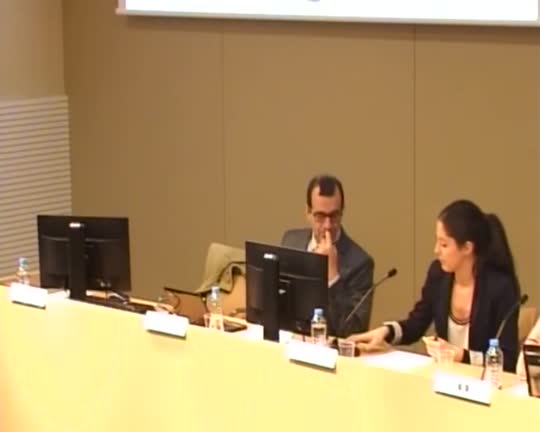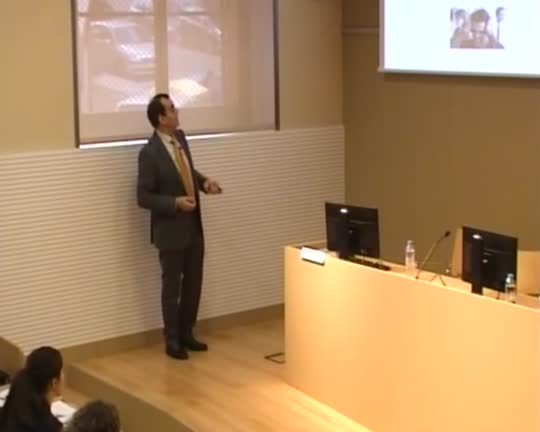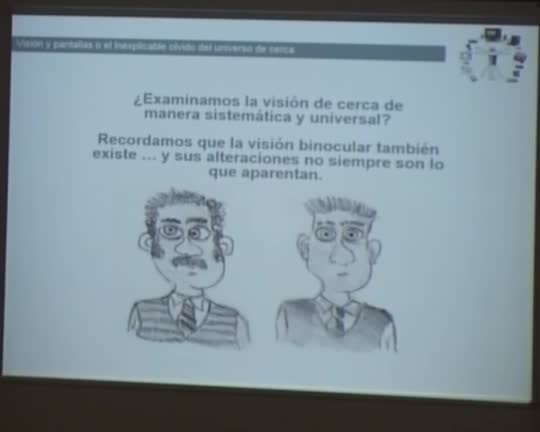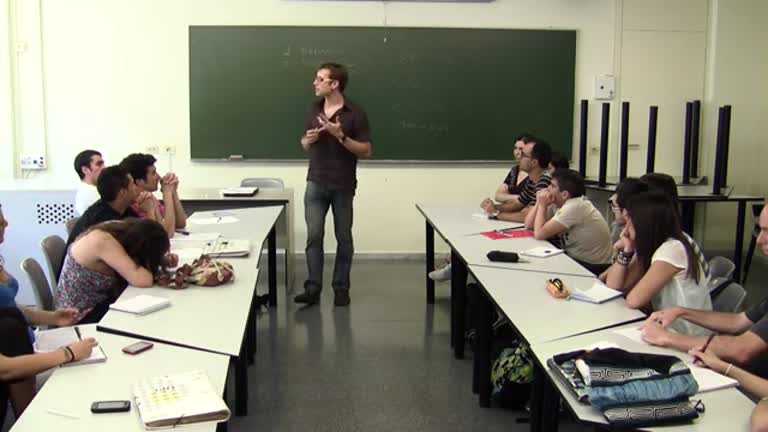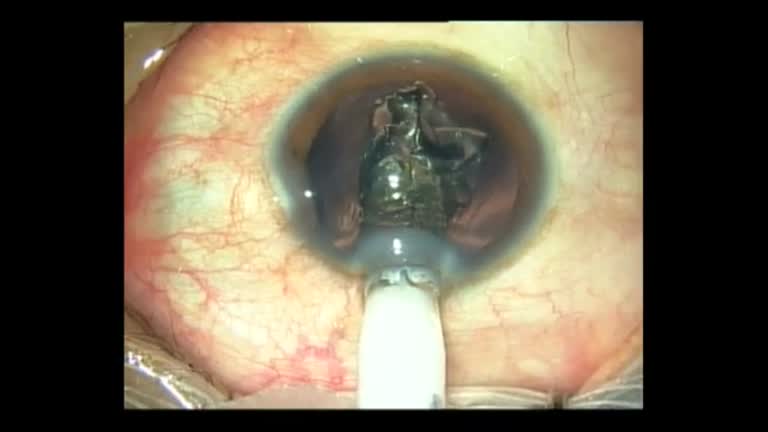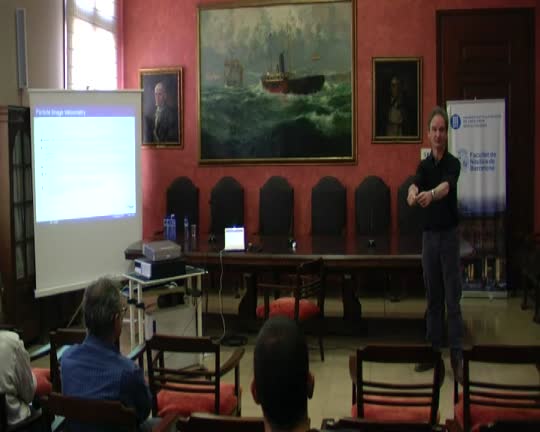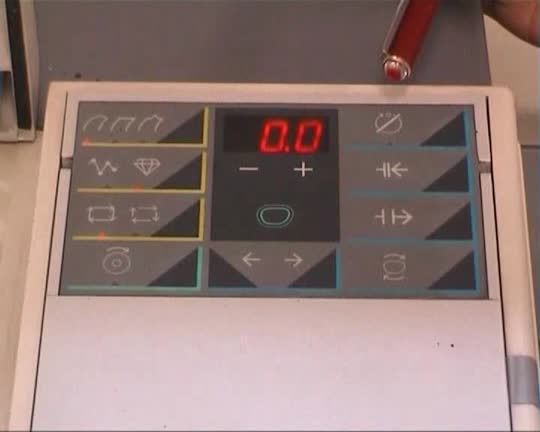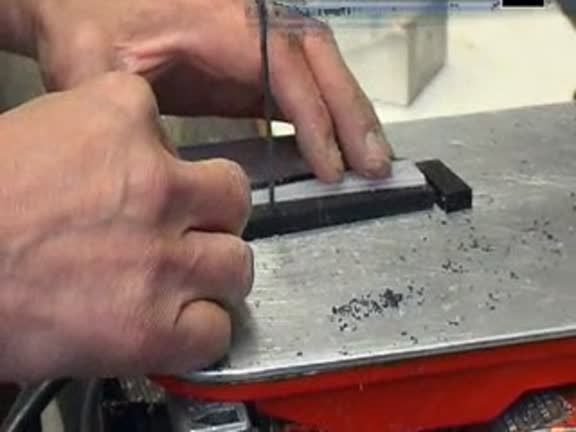Objectes multimèdia amb l’etiqueta: Instruments òptics i optomètrics
Resultats de la cerca
Formació clínica
Accés obert
10 de des. 2014
Presentació de casos clínics a les "Jornadas de lentes oftálmicas para profesionales 2014"
Presentació de producte
Accés obert
10 de des. 2014
Presentacions sobre novetats en producte i aplicacions, a càrrec del laboratoris participants a les "Jornadas de lentes oftálmicas para profesionales 2014":
- Lentes progresivas personalizadas, Instituto Varilux (Essilor)
- El trazado de rayos: diferentes técnicas, sus ventajas e inconvenientes, Grupo Prats
- Lentes oftálmicas antifatiga, Naturlens
- Luz azul: ¿oportunidad de mercado o algo real con lo que lidiar?, Hoya
- Anisometropía, progresivas y visión binocular, Indo
- Lentes progresivas personalizadas, Instituto Varilux (Essilor)
- El trazado de rayos: diferentes técnicas, sus ventajas e inconvenientes, Grupo Prats
- Lentes oftálmicas antifatiga, Naturlens
- Luz azul: ¿oportunidad de mercado o algo real con lo que lidiar?, Hoya
- Anisometropía, progresivas y visión binocular, Indo
Benvinguda
Accés obert
10 de des. 2014
Benvinguda i presentació de les "Jornadas de lentes oftálmicas para profesionales 2014". Balanç de la campanya "visión y pantallas" i xerrada tècnica sobre visió i pantalles.
Optometria i contactologia clíniques: clínica de lents de contacte
Accés obert
11 de jul. 2011
Classe impartida per Joan Gispets sobre clínica de lents de contacte.
Enredos con la lente Synchrony
Accés obert
20 de maig 2011
Operación de como implementar las lentes lente Synchrony
Operación de como implementar las lentes lente Synchrony
Operación de como implementar las lentes lente Synchrony
Particle Image Velocimetry
Accés obert
6 d’abr. 2011
Conferència impartida a la sala de juntes de l'FNB pel professor Peter Bueken de l'Antwerp Maritime Academy (Bèlgica). "Chemical tankers often transport large amounts of toxic or dangerous products such as benzene, toluene, ... Exposure to these products presents a health hazard for the crew members of such ships, and precautions are necessary to protect them. During certain operations (loading and unloading, ventilating and cleaning tanks), vapours of these products are sometimes released into the air around the ship.
At Antwerp Maritime Academy, Capt. Werner Jacobs (one of the staff members) is currently investigating (as part of a PhD project) the behaviour of these vapours under different conditions (wind speeds,
directions, outlet velocities). One of the aims of his study is to investigate the flow and concentration of these vapours around the ship's superstructure by means of wind tunnel experiments. "Particle Image Velocimetry" (PIV) is a technique which allows the visualization of the flow of particles through a fluid (e.g. the air in a wind tunnel). This is typically done by "seeding" the fluid with visible "tracer particles" and analyzing the differences between two or more images of the fluid, taken with short time intervals. The relative movement of the particles from one image to the other allows one to determine the flow of the surrounding fluid. We are currently investigating whether PIV can be used to analyze the images obtained from the wind tunnel experiments.
The aim of this talk is to briefly describe the wind tunnel setup used in this experiment and to show some results of the experiments performed. Next, we will look at the ideas and mathematical techniques underlying the PIV-approach to the analysis of fluid flows and present some preliminary results of this research work in progress."
At Antwerp Maritime Academy, Capt. Werner Jacobs (one of the staff members) is currently investigating (as part of a PhD project) the behaviour of these vapours under different conditions (wind speeds,
directions, outlet velocities). One of the aims of his study is to investigate the flow and concentration of these vapours around the ship's superstructure by means of wind tunnel experiments. "Particle Image Velocimetry" (PIV) is a technique which allows the visualization of the flow of particles through a fluid (e.g. the air in a wind tunnel). This is typically done by "seeding" the fluid with visible "tracer particles" and analyzing the differences between two or more images of the fluid, taken with short time intervals. The relative movement of the particles from one image to the other allows one to determine the flow of the surrounding fluid. We are currently investigating whether PIV can be used to analyze the images obtained from the wind tunnel experiments.
The aim of this talk is to briefly describe the wind tunnel setup used in this experiment and to show some results of the experiments performed. Next, we will look at the ideas and mathematical techniques underlying the PIV-approach to the analysis of fluid flows and present some preliminary results of this research work in progress."
- ← Anterior
- 1
- 2
- 3 (current)
- Següent →


